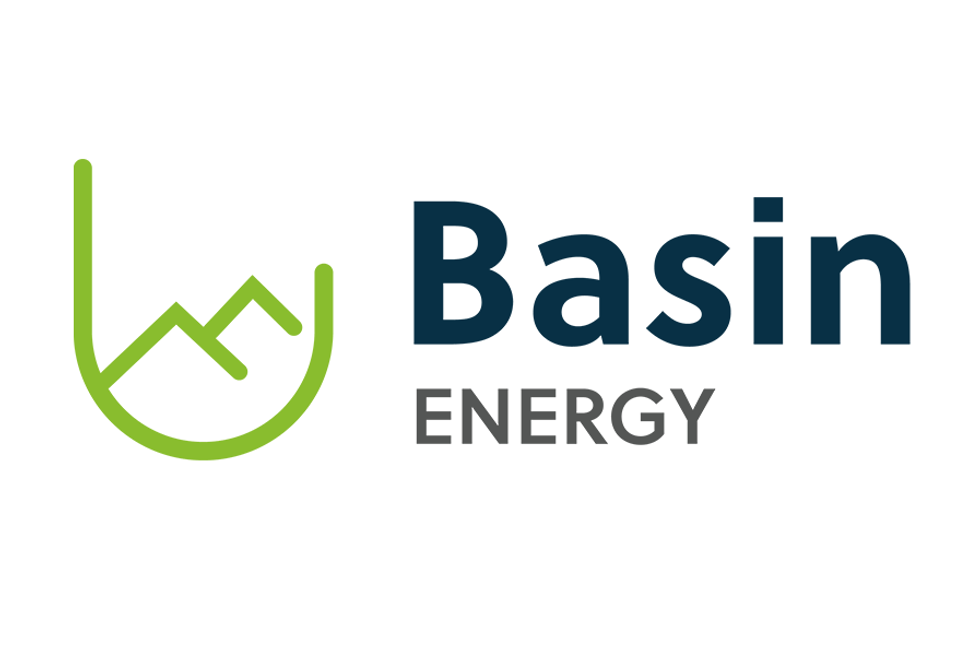Global X Uranium, an exchange-traded fund linked to the uranium mining industry, joins a couple of ETFs that track the producers as well as infrastructure and utilities. This latest launch of a uranium ETF is enabling investors to gain exposure to the uranium industry, which had previously only been tradable through a tiny futures market, a uranium mining-company ETF and a closed-end fund.
By Dave Brown – Exclusive to Uranium Investing News
On Friday, Global X Funds launched Global X Uranium (NYSE:URA), an exchange-traded fund (ETF) linked to the uranium mining industry, joining a couple of ETFs that track the producers as well as infrastructure and utilities. The company is developing a track record in the alternative energy-themed space with its pioneering launch of a lithium based ETF earlier in July.This latest launch of a uranium exchange-traded fund is enabling investors to gain exposure to the uranium industry, which had previously only been tradable through a tiny futures market, a uranium mining-company ETF and Uranium Participation Corp. (TSX:U), a closed-end fund.
Top Holdings for the fund include:
2. Uranium One (TSX:UUU)
3. Paladin Energy Ltd. (TSX:PDN)
4. Extract Resources Ltd. (ASX:EXT)
5. Denison Mines Corp. (TSX:DML)
6. Uranium Energy Corp. (AMEX:UEC)
7. Kalahari Minerals Plc (LON:KAH)
8. Hathor Exploration Limited (TSXV:HAT)
9. USEC Incorporated (NYSE:USU)
10. Energy Resources of Australia (ASX:ERA)
These 10 mining equities are attributable to approximately 74 percent of the net assets within the concentrated ETF portfolio.
Inefficient Market Prices
Recently Barron’s implied that Chinese interests have been on a buying spree that is yet to be fully realized in the uranium spot price. The article further suggests that financial interests leading uranium prices to a record $136 per pound in June 2007 are now returning to the spot market.
Thomas Neff, a physicist affiliated with the Massachusetts Institute of Technology’s Center for International Studies has been offering his analysis, “there are big structural changes going on.” In the early 1990s, Mr. Neff was a main architect of the “Megatons to Megawatts” program, under which thousands of Russian nuclear warheads have been dismantled, with the uranium sold to the U.S. for use in commercial reactors. In 2009, it satisfied about 24 million of the 174 million pounds of global demand.
China operates 11 reactors, and has 28 under construction; in the U.S., 104 are in operation. Through September, China had imported 22 million pounds, four to five times as much as it needs this year, says MIT’s Neff. He thinks that in addition to stockpiling the metal, China might plan to enrich and market fuel to others. He says weekly spot prices quoted by TradeTech and Ux Consulting mostly reflect Canadian producers and U.S. utilities, and do not fully include Chinese acquisitions. Mr. Neff indicates $70 a pound as “a reasonable price” over the next 12 to 18 months, but with recent increases some bullish analysts say $90 is more likely.
China has long been documented as the uranium market’s powerhouse, with currently about 9 gigawatts of nuclear-generating capacity and, until last week, forecasts to have 70 gigawatts by 2020. But Thursday, according to published reports, China boosted its goal for that year to 112 gigawatts. The implication would be that the Chinese would need 64 million pounds by then, nearly 50 percent of the 132 million pounds that will be produced this year, based on methodology used by consulting firm McKinsey, which thinks that the real capacity goal is potentially closer to 120 gigawatts. Last week, a major Chinese utility reportedly signed a deal with France’s Areva to buy 20,000 metric tons of uranium over 10 years at $75 a pound.
Broader International Demand
With other countries planning to build new reactors, Fletcher Newton, an Executive Vice President of Canadian miner Uranium One (TSX:UUU), expects U.S. utilities to add about 10 gigawatts of capacity in the next few years. Robert Mitchell, a Portfolio Manager of Green Energy Metals, noted that before year end, Russia plans to increase its holding in Uranium One to 51 percent, at which time it will pay shareholders a $1.06 per share dividend. Mr. Mitchell suggests the special dividend payment could result in downside volatility providing a potential entry point for investors.
Spot Price Strengthening
Uranium spot market prices escalated significantly again last week, climbing to a record two-year high of $57.50 per pound on November 5, as buyers from a variety of market segments demonstrated activity in the uranium market. The steep price appreciation represented more than a 10 percent increase compared with TradeTech’s October 31 price of $52 per pound. The uranium spot price has generated strength throughout the past several weeks, reflecting utilities currently seeking offers for spot, mid- and long-term deliveries. This increase in demand encouraged sellers and led to steadily higher prices in offers and transactions. The recent rise in uranium prices has attracted the attention of investors and speculators, with hedge funds venturing back into the market. Utility and producer demand is expected to remain strong throughout November and TradeTech expects uranium spot market prices to remain stable or increase slightly.






